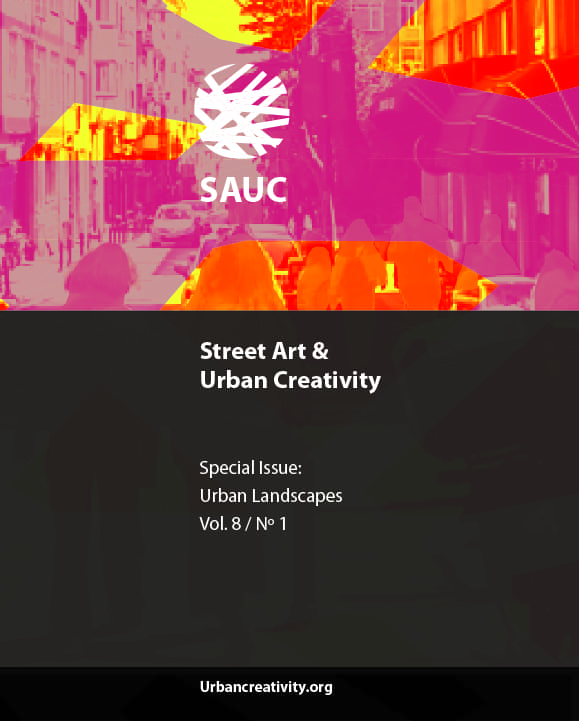The Effects Of Square Designs On User Behaviors: The Case Of Taksim Square
DOI:
https://doi.org/10.25765/sauc.v8i1.579Palabras clave:
Square Design; User Behaviors; Taksim Square; Spatial UsageResumen
The squares as indispensable open spaces in the sociological, physiological and psychological context of urban life, not only create common platforms for various activities, but also serve as a communication space between the city and its residents. Human beings are the primary factor of the squares. How square designs affect user behaviors is a crucial question. Accordingly, the present study focused on Taksim Square, one of the important squares of the historical city of Istanbul in sociological, cultural, political, and economic terms, and investigated the relationship between design and user behavior in this particular square. The present study adopted an observational research construct, where the study data were captured on the map of the square as user and action inputs, and analyzed in the context of circulation and usage. The results were indicative of the fact that users might tend to use the square as a transit route in such square designs that fail to offer sufficient space for activities, functional diversity, and urban fixtures. Nevertheless, the squares attracted users and channeled them to spending more time in the square in cases when decorative elements, greenery elements, green textures, and seating units were included in the design.
Descargas
Estadísticas globales ℹ️
|
229
Visualizaciones
|
93
Descargas
|
|
322
Total
|
|
Descargas
Publicado
Cómo citar
Número
Sección
Licencia
Los autores/as que publiquen en esta revista aceptan las siguientes condiciones:
- Los autores/as conservan los derechos de autor.
- Los autores/as ceden a la revista el derecho de la primera publicación. La revista también posee los derechos de edición.
- Todos los contenidos publicados se regulan mediante una Licencia Atribución/Reconocimiento-SinDerivados 4.0 Internacional. Acceda a la versión informativa y texto legal de la licencia. En virtud de ello, se permite a terceros utilizar lo publicado siempre que mencionen la autoría del trabajo y a la primera publicación en esta revista. Si transforma el material, no podrá distribuir el trabajo modificado.
- Los autores/as pueden realizar otros acuerdos contractuales independientes y adicionales para la distribución no exclusiva de la versión del artículo publicado en esta revista (p. ej., incluirlo en un repositorio institucional o publicarlo en un libro) siempre que indiquen claramente que el trabajo se publicó por primera vez en esta revista.
- Se permite y recomienda a los autores/as a publicar su trabajo en Internet (por ejemplo en páginas institucionales o personales), una vez publicado en la revista y citando a la misma ya que puede conducir a intercambios productivos y a una mayor y más rápida difusión del trabajo publicado (vea The Effect of Open Access).













